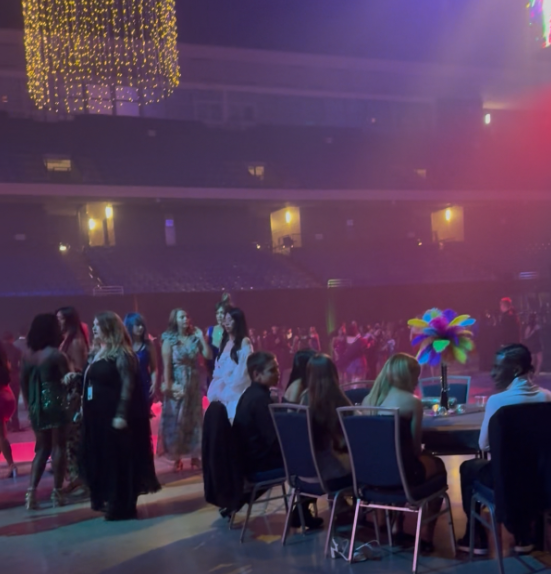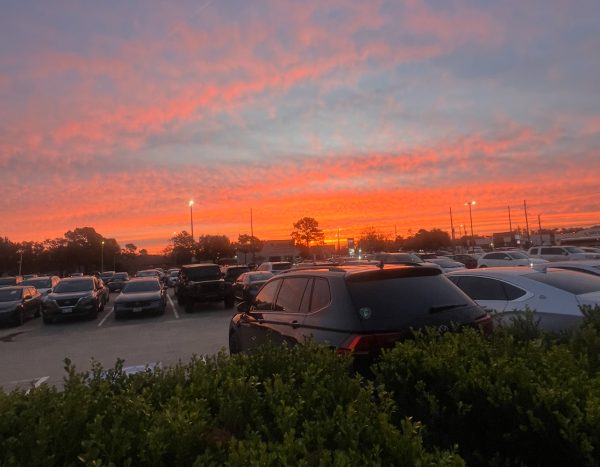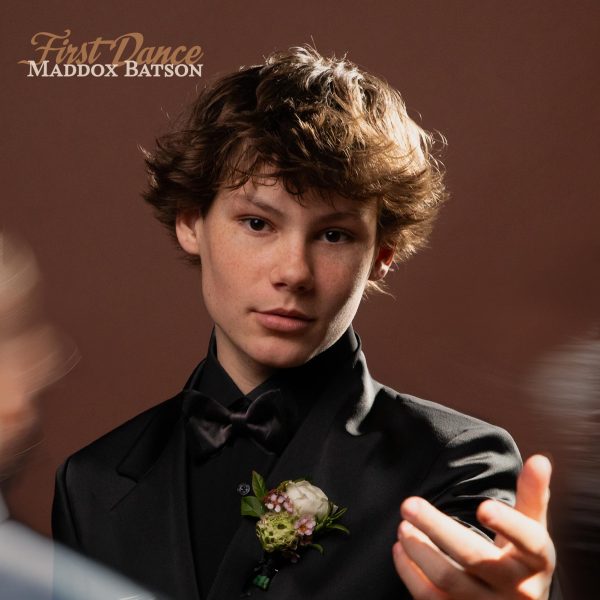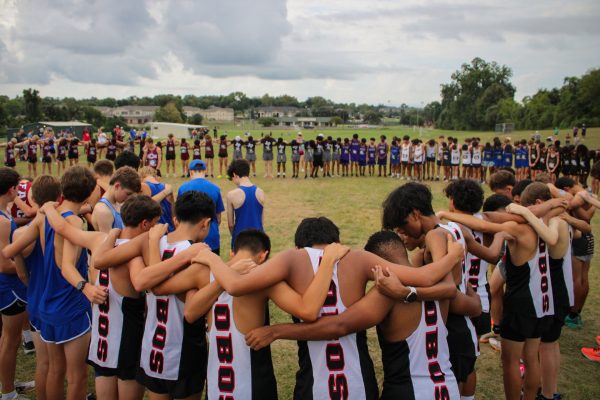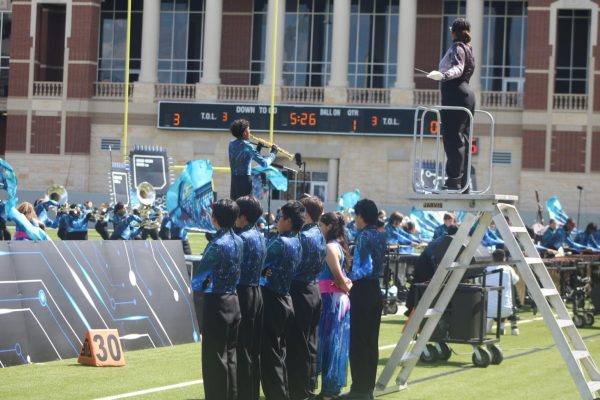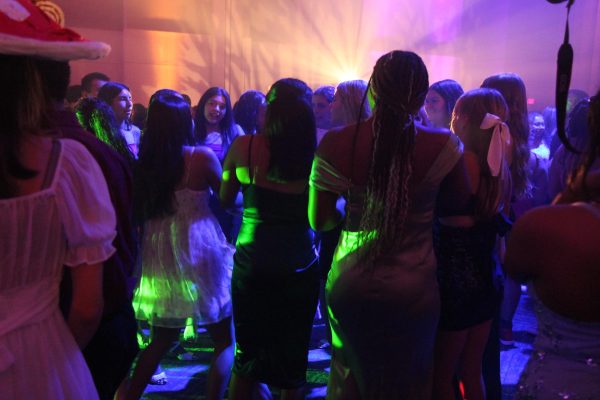The Legend of Zelda: Breath of the Wild Review
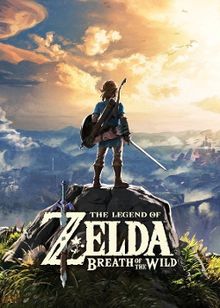
The Legend of Zelda: Breath of the Wild Review
It has been six years since Skyward Sword, the last game in the Legend of Zelda franchise, so fans of the franchise were hungry for more, and Nintendo knew this. They also knew that this would be the chance to show off what the Switch can do, and a chance to put Nintendo back to the front of the gaming world. And boy howdy, do they deliver.
When you start playing Breath of the Wild, you start running around an area known as The Great Plateau, which is basically the world’s largest tutorial area. It feels big enough on its own, but then you are asked to climb to the top of a tower to obtain a map of the region. When you do, you get a view of all of Hyrule, and you realize: This is a way bigger game than you thought.
That sense of openness is what defined Zelda right at its beginning. When the original Legend of Zelda came out for the NES, the idea of open-world gaming wasn’t popular. But when the game came out, it was a huge success. And it was thanks to the fact that sure, you COULD find all the pieces of the Triforce and rescue Princess Zelda from the monstrous Ganon, or you could just endlessly explore and discover the secrets of the land of Hyrule. After Ocarina of Time, however, Zelda games became quite “hand-holdy”, giving you a strict set of objectives you needed to complete. Breath of the Wild throws this out of the window, and returns to the sense of discovery in the original. I was hiking through a jungle (in the game), and I stumbled across a hidden temple filled with valuable loot and weapons that helped me on my journey. Discovering new Shrines (which are basically mini-dungeons) or hidden areas feels immensely satisfying, as does completing a new side quest or defeating a large group of enemies.
Speaking of the Shrines, I must praise the dungeon design in Breath of the Wild. In one Shrine, I had to use some remote bombs detonated in exactly the right order to blow my way through rocks blocking the exit. In the Shrine closest to the that one, I had to use an ice spell to create pillars of ice to hop across the water to the chest with the key that opened the door to the exit. However, as stated above, these Shrines are mere mini-dungeons. The REAL dungeons are the Divine Beasts, giant mobile battle fortresses that have been wreaking havoc. In each Divine Beast, there is a certain aspect you can manipulate to help you solve the dungeon’s many puzzles. I find aspects like this clever in videogames, and I hope we see this sort of thing in future Zelda games.
Another thing that is simply fantastic about this game is that the world is filled with things to do. It would probably take hundreds upon hundreds of hours to beat every Shrine, solve every puzzle, find every secret, complete every side quest, or beat the mini-bosses scattered throughout Hyrule. This means that the game has incredible replay value, and helps to make sure that things always seem fresh.
I must also praise how this game handles difficulty. As you venture further and further from The Great Plateau, or closer to Hyrule Castle, enemies get more and more difficult to defeat. But the strength of weapons you find in chests or by doing quests also increases to meet them, keeping things in balance.
Breath of the Wild also handles weapons in a very interesting way. Every weapon, shield, or bow you find can break, becoming unusable. This can sometimes leave you scrambling to hide after your best sword broke fighting a monster, or trying to find how to beat a boss from a distance with no arrows. The only weapon that cannot break is The Master Sword, and even that has a cooldown period of 10 minutes if you use it too much. This means that it is never a good idea to get attached to one weapon, and this helps make things make challenging when you are facing a lot of monsters.
There is however, ONE flaw in the game; the motion controls! Seriously, there are only like 3 Shrines that require motion controls and that’s it, but those 3 Shrines are HARD. Using the Switch’s Pro Grip in those sections is quite awkward, and the game responds to the slightest twitch. I know that it is a very small part of the game, but those motion control parts ruined those Shrines for me.
Breath of the Wild also has several systems that are easy to learn and use, but can be mastered on a deeper level. The prime example of this is cooking. Cooking in Zelda is fairly easy: go to your inventory, select some food, like apples, drop them in a pot, and they will make a dish to restore hearts. But you can also find foods with effects that are unlocked when they are cooked, or try to combine ingredients into a dish that can make you resistant against heat, or cold.
However,there is one more thing I absolutely must praise: the characters are so charming and well designed. Some can seem like flat or static characters, but the plethora of people you meet while journeying through Hyrule are most of the time pleasant to interact with. They can also serve as exposition, but they do so in a typical RPG fashion. Shopkeeper mentions some strange occurrences in the woods, you get a new side quest. But other than that, I found myself enjoying interacting with all the shopkeepers and villagers and travelling merchants I met.
If I had to rate Breath of the Wild, I would give it a 9 howls out of 10, simply for it’s amazing open world design, charming cast of characters, and challenging dungeons and fights: a true modern classic.

My name is Noah Conley, I'm 15, and I'm a reporter and Broadcast Editor for the LC Howler. I've worked on this site my freshman and sophomore years, and...



